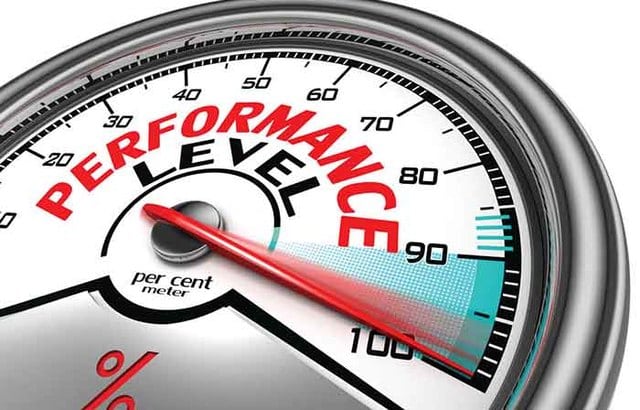2022 appears, at least at first glance, to be shaking off some of the Covid cobwebs and one significant expected change is that rates will rise – potentially multiple times. Something that’s has been a rare occurence over the past decade.
Admittedly, the latest increase by the Bank of England was in December 2021, which took the rate to 0.25% from 0.1%, where it had squatted since the pandemic started. But the base rate has not been at a full single digit since February 2009.
In this article, we look specifically at whether private credit markets will continue to thrive given the macroeconomic backdrop post-Covid and the outlook for monetary policy from here.
Floating rate nature of the asset class
Adam Wheeler, co-head of private finance at Barings is, unsurprisingly, broadly positive. “The outlook for private credit remains robust especially with investors and allocators having a positive view about the asset class now that it has passed its first real test post the global financial crisis.
“If anything, the Covid-19 pandemic has borne out the asset class’s resilience, demonstrating its ability to perform in a downturn with limited volatility for investors.”
He concedes that there are, of course, outliers; and managers with a less defensive, lower quality portfolio with performance issues are likely to face challenges going forward.
“A key question for investors given the current macro-outlook and backdrop for monetary policy is around private credit’s ability to perform in a rising rate environment.
“The floating rate nature of the asset class provides a natural hedge, and managers with high-quality portfolios oriented towards borrowers with inelastic demand for their products or services, an ability to withstand wage inflation and cost pressures should be well positioned.”
Lower volatility
Jo Waldron, director of private credit at M&G, takes a similar line. “We think short-dated private and illiquid credit remains well positioned in all market environments, delivering potentially higher risk-adjusted returns with lower asset value volatility than public equivalents for equivalent credit risk.”
She adds: “In higher inflationary environments, the floating rate structure of loans and instruments largely comprising the investable universe limits the effect of inflation and rising rates. Investors of floating rate debt would benefit from rates trending higher.”
David Bizer, chief executive of Global Customised Wealth, can see why investors have, of late, increased their interest in private credit over more traditional income yielding options.
He points out that macroeconomic conditions dominated bond performance in 2021. Investment grade bonds, as measured by the Bloomberg Barclays US Aggregate Bond index, posted their seventh negative month of the year, declining 0.3% in December.
For calendar year 2021, bonds declined 1.5%, representing just the fourth negative performance year since the index’s inception in 1976.
“Whether bonds perform better in 2022 will depend on the ability of major economies to recover from pandemic-driven constraints and central banks’ success at convincing markets inflationary pressures will be tamed.”
M&G echoes the point that, in the current low-yield environment, investors have found income generation from traditional fixed income assets harder to come by. For some, this has incentivised them to look further down the credit spectrum for yield, while also in the knowledge that assets carrying fixed-rate coupons could see their value erode in a rising rate environment – especially those with lower spread profiles.
Waldron says it’s perhaps no surprise that broader inflationary concerns have been supportive of short-dated private and illiquid credit. Essentially, loans linked to a short-term reference rate, often with clearly-defined cashflow profiles and in-built investor protections such as financial covenants.
Private market recovery
Private market activity had halted as Covid-19 emerged, but it has since strengthened.
After a buoyant year, demand for private credit from borrowers remains high Waldron insists, demonstrated by the level of deal activity being observed across multiple sectors of the market.
On the private corporate lending side, Waldron sees several opportunities coming through, potentially boding well for additional capital deployment levels in the months ahead.
She adds mid-market businesses are recognising that by putting specific assets to use; such as property, inventory, receivables, machinery or equipment, they can get secured asset-based financing at a more attractive rate. “For private lenders, these investments can also offer a good level of return for the level of risk, being fully supported by collateral in a variety of forms.”
However, there is good reason for investors to tread with caution. Waldron thinks some sectors have become increasingly expensive due to excess liquidity chasing yield further down the credit spectrum, while others are offering attractive relative value, when compared to public market equivalents.






